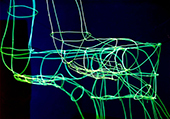Tattoos are exceptionally good painting. Evidently, the painterly content of these compositions is all that cannot be articulated, that has not been organised by the line, the female narrator of the stroke. Does the stroke, in turn, this mastery of abstract thought, proper to reason, strum the strings of feeling, this time? Masks, plasters of tenderness, tattooing sites of subtle corporeality, like shrouds, veil and simultaneously reveal states ineffable. These protect the dead from life, and at the same time, if only for a while, conserve the unique, as it is the ultimate, image of life. A woman’s portrait, which signifies more than death and more than life itself. Evidently, something more is being decided in this mysterious solemnity of beauty. Is it the life of art?
Provenances, more or less legible, or perhaps only associational, refer Tattoos back to the heritage of these masters of the modernist era who dared not, under the guise of ethnographic research, to lift a veil of yearning for an immaculate exoticism of pure love, engrained in the nature of human emotionality. The colours of Tattoos dig into the memory of pigmentations of cultures and civilisations of the ancient world, lashed with the wind of the millennia. Tattoos of art according to Edyta Wolska evoke at once the memory of the oracle, forefeelings of the future. Today, is it possible for art to be noble and solemn and metaphysical? It is.
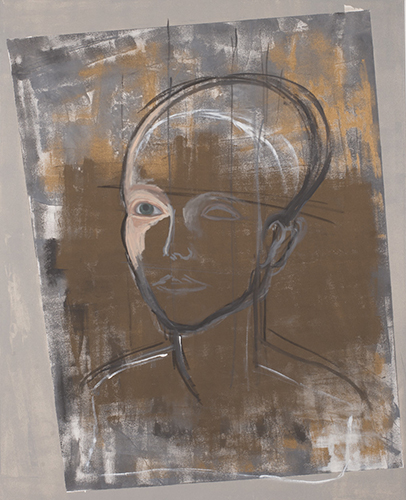
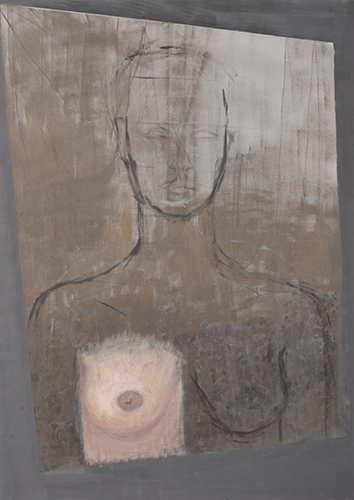
Junk mail is nothing more than forced sale, violating social space, an insult to the human race, so abundant and redundant, a waste of (cyber) space; sent with nobody’s consent, relevant to no one’s identity (trying to rob us of our dignity); spam’s always the same, whatever your name; they will locate you and infiltrate you, they know your address and will surely oppress, they just want your cash to make them a stash. You’ll be pestered and molested; give them the cold shoulder and throw them to the spam folder, but they will return despite your blatant unconcern. They’ll take your precious time to smother you with slime. And beware, they might send you a bug or malware. Your web links get blocked until you are locked out of the outside world.
No spam for me!
Intrusive communication comes bouncing back, causing frustration. Delete it, and it boomerangs, leaving you with a sense of déjà vu. Like an unwelcome guest or an annoying pest that’ll never let you rest. You pay it no heed and treat it like a weed, but someone has drawn a bead on you. And if you leave it out of control, it’ll come down on you and take a heavy toll (on your mind or your CPU). Such violations of private space are commonplace. They strip us of our dignity and give us bad publicity. If we have no protection, we’re subject to detection and verbal abuse, until there’s no use complaining about how they oppress you and distress you, and break the law with impunity. It is time for us, an information society, to stand up to spam humbug. Let’s send a clear message! The exhibition is now on …
Exhibiting Spam
Edyta Wolska – a painter, photographer, video artist … Upon receiving spam she thought: ‘Damn, it’s all sham. I’ll be their (artistic) judge, rather than bearing a grudge’. Hers is a private prosecution against information pollution. She’s taken extraordinary measures (of artistic expression) to fight this oppression. Viewed from her hometown* perspective, spamming has become a major objective of a gallery in Katowice, but that’s quite inconsequential! What’s essential is that Wolska exposes the trappings of virtual (un)reality, with all its audacity which almost cost her sanity. By means of willpower she brings south the Witch Tower, and the hunt begins. It is to show that all of us who bear the brunt of a latter-day witch-hunt are hounded and confounded by unsolicited mail. The exhibition “Spam”, which had its vernissage on 17 May in Centrum Kultury Katowice, takes an unexpected turn. It shines with bright lights before the viewer’s eyes. Please show no objection if the video projection is screened directly on you, shimmering and glimmering, and never abating. And the white cube loses its natural purity and sinks into obscurity, contaminated with the black (brick) power of the Witch Tower. The gallery, with ‘Empty’ in its name** has its space filled again, and the message becomes immensely popular, (un)real, and virtual. So transparent that it’s apparent it must not remain indifferent to any form of visualization, even if it faces defamation coming from all sides. Suddenly, it hits a mirror and becomes decomposed and overexposed. This X-ray session runs until 9 June..
*the artist lives in the town of Słupsk in the north of Poland
** the exhibition was held in Galeria Pusta, literally: “Empty Gallery” in
Katowice in the south of Poland
"Spam"
Spam as a phenomenon is detrimental, and the publicity over the exhibition not accidental. The artist received information which nearly brought ruination to her life and career. And yet, she managed to steer clear of the vile atmosphere thanks to Buddhism, meditation and guarded optimism. Ewa Wolska embraces constant change with moderate confidence. For her part, her entire life is art. She believes that the highest value lies not in the matter (or material) or the way we live our lives (as if following some user guides), but in the very essence of being (in extracting ideas and sharing her way of seeing the world). So take heart and don’t say that art is incomprehensible, for that’s quite unacceptable! If art arouses any feelings or emotions in you, then perhaps it is time to accommodate it and explore it some more. C’mon, don’t be a bore and join our curated dialogue sessions with Grażyna Tereszkiewicz. Remember, art also embraces work and education.
"Spam" Edyta Wolska, Centrum Kultury Katowice, Galeria Pusta, 17.06 - 9.06.2013
Portal Katowcki / 21-05-13,
www.portalkatowicki.pl
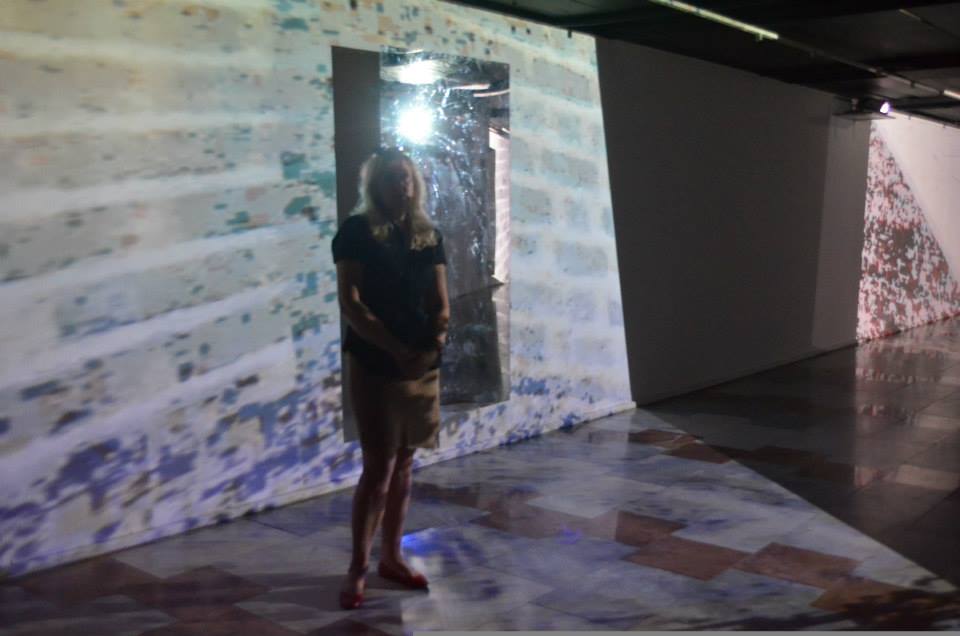
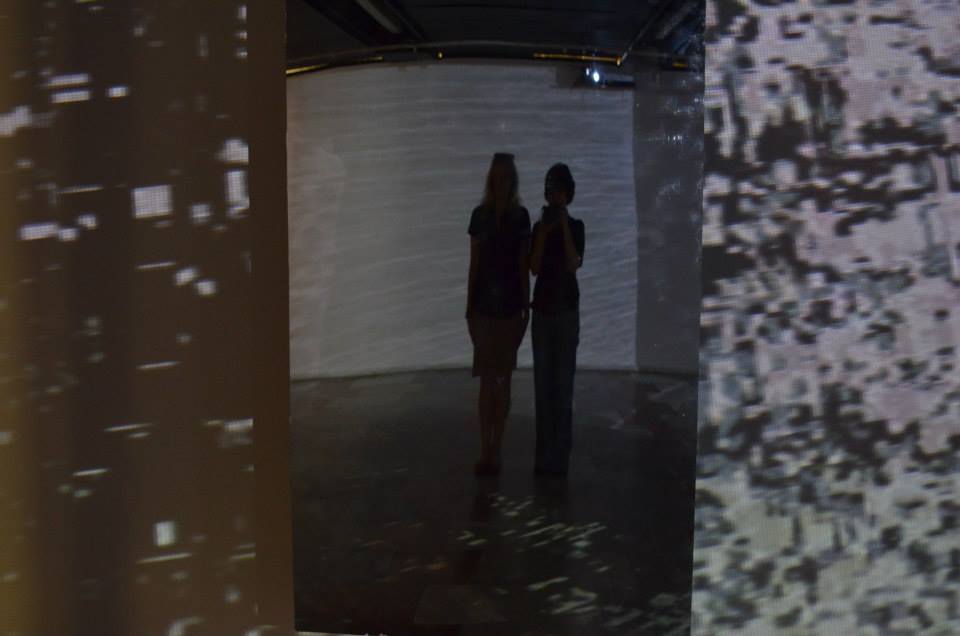
EXIT NR 1(81)2010
Does classical dichotomy, dividing nature and culture into two opposite elements, carry today any sense whatsoever?
ONE CANNOT HELP ASKING THIS, and similar questions, when watching the latest exhibition project by Edyta Wolska. The works by the Słupsk artist have proved that fixed divisions into media – as the earlier quoted differentiation between culture and nature – are merely conceptual. The pieces shown at the XXl Gallery have been a visual – and generally a metaphysical – reflection on interrelations of perception and reception on one hand, and the language used and the media on the other.
Photographs and videos by Wolska portrait both, fragments of the surrounding reality, as well as all states of its concentration. This procedure is going on two planes. On one hand, the artist has photographed various states of matter concentration, on the other – her artistic strategy has been a repercussion of the search for inner concentration state.
In the times when an overwhelming majority of contemporary artists have been dealing with the critical reflection on the postmodernism, Wolska has adopted a completely different approach. An affirmative and contemplative nature of her works puts them within the artists who have referred to the Oriental concept of perceiving things “such, as they are”. With regard to the above aspect, this has been the practice of (self) portraying the world, the medium and (self) awareness. In her case, the eye has been equally significant as the look. This is the focus of all things - influenced by the impact of nature – originating in the natural and postindustrial human environment. Thus, the artist approaches photographs and video registrations as a specific sort of quasi painting sketchpad. Reflections and creations turn there into One.
Edyta Wolska, “States of Concentration”, Photography, the XX1 Gallery, Warsaw, October 2009.
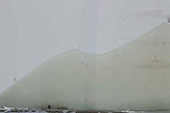
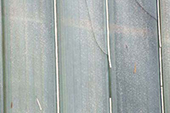
On 21 June, 2000, I found myself wading through the blue glow of the large exhibition room in the Chamber Gallery – a part of the Baltic Gallery of Contemporary Art in Słupsk. There I saw a tall, open-work figure of a sitting man, suspended upside down just below the ceiling. My first thought was that it fits the definition of an installation, as ... a work composed of various elements and adapted to the character and shape of the surrounding space (Stanisław K. Stopczyk). In fact, I was gazing at an object called Virtual Chair by Edyta Wolska. I pondered the relationship between the three-dimensional cube of the gallery, the green figure hanging in the middle of the room, and the viewer who almost seemed a part of the composition. It appeared that this unique arrangement, where the real slowly morphs into the dreamlike, would be open to a whole range of interpretations based mostly on reflections upon the century’s end. And then I considered the concept of an art environment, as a ... three-dimensional work, inside which the viewer could move freely (Françoise Ducros). However, Alan Kaprow argued that the 'environment' is any surrounding space you happen to enter’. After some time, I concluded once again that every work of art inspires a new thought, and at that moment I realized that I found myself in an artistic territory.
I had seen various ways in which artists use the gallery in Słupsk, but this time the work dominated the entire space. Edyta Wolska's object measuring 1.3m x 0.5m x 0.8m simply took over the whole room measuring 3.5m in height, 6.1m in width, and 9 m in depth. When I left the exhibition, I remembered past presentations by artists from Warsaw, Kraków, Poznań (where the artist hails from) and other Polish cities. They usually focused on a particular part of the exhibition room, whereas Wolska’s work permeated, or in fact, filled the entire area leaving not an inch of free space. While reflecting on the purported virtual chair, I concluded that hers is a triad embracing an installation, environment art and object.
